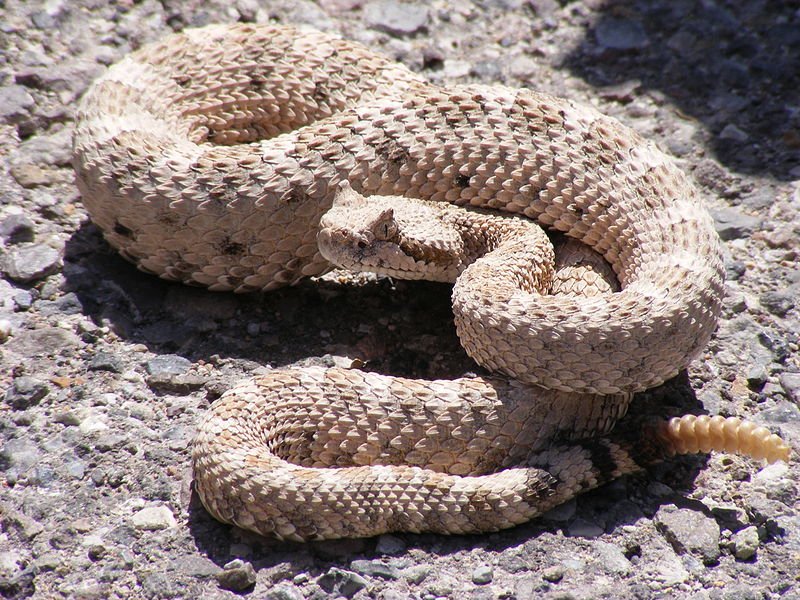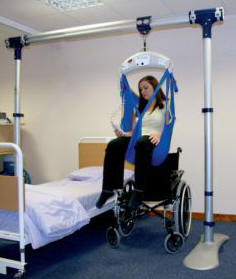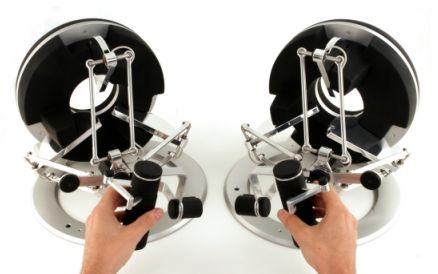Robot Anatomy
- Key components
- Sensors
- Data problem
- Key is measurements relative to the task and..
- Actuators
- Characterising
Extras at http://www.reading.ac.uk/~shshawin/LN
Key components

Cerebral cortex

Sensors
- Passive sensors simply listen in on what is happening,
- Active sensors transmit into the environment and measure response.
Animals have both interesting sensing capabilities and the ability to process (and exploit) the data
- Sensors can produce large amounts of data for interpretation
Heat: Sidewinder or pit viper

cont
- Infra red cameras (need vision recognition software)
- PIR detectors (sensitive but indiscriminate)
Smell: Noctuid moth and Cape Buffalo


Sense of smell
- Artificial nose
- Polution sensors (not much better than a canary)
Low frequency EM: - Electrical organs


Low frequency electromagnetic sensors
- Electrostatic fields
- proximity sensors
- Proximity switch on robots, lights etc
- Output is usually binary
- Radar
- Good for velocity detection
- Air traffic control etc humans still main source of intelligence
Pressure: Whale shark (Rhincondon)

Inertial navigation: Fly halters

Inertial navigation: (what we have)
- Rate gyroscopes for angular velocity
- Accelerometers for linear accelerations
- Good candidates for control systems, but drift is a problem
- Used in consumer products such as Wiimote and Segway
Touch: Crayfish


Touch: Star-nose mole (Condylura cristata)

Touch
- Robot bump sensors
- Robot whiskers
- Both are passive devices, both give binary information
Taste: Nomad

Visible light: White bellied sea eagle

Visible light: Cats


Visible light
- Video Cameras
- Light intensifiers
- Much interest in vision processing, can track objects in sequence of pictures
- Simplistic algorithms eg edge detection
Canny edge detection


Lena Soderberg
Low freq EM Magnetic: swallow
Quasi-static EM fields.

magnetic field
- Earths field
- Navigation
- Problems indoors where it gets distorted
- Self generated magnetic field
- Good for position tracking eg for VR applications
Infrasound

Ultrasound
- Bats use continuous modulation (CM), frequency modulation (FM) or a mixture of both (hockystick)
- The UK Pipistrelle uses CM at frequencies of 39kHz 45kHz 55kHz depending on species
- Due to attenuation the range is probably around 20 metres for bats
Myotis lucifugus uses scans from 70KHz-33KHz in .2 seconds- echo location can be used in humans to aid navigation (e.g. Daniel Kish)






| |
Sound
- Ping and listen devices discard 90% of information
- Military interest, but again humans used as the intelligence
Rotary angle sensor

Passive and active sensors
| Transducer/sensor | quantity |
| strain gauges | Force. Change in resistance implies distortion of material implies force |
| Linear variable differential transformer | Distance. Via magnetic coupling to a coil |
| Hall effect | Magnetic field. Electrons in semi-conductor move under the magnetic field to a gate |
| Laser range finder | distance. Time of flight of photons from transmitter, reflected off object |
| ultrasound modules | distance. Time of flight of sound. |
| GPS receivers | position. Time of flight of timed RF photons from satelite to the receivers |
| Accelerometers | linear accelerations. Measure acceleration via force (Newton $F=ma$) see strain-gauges |
| Gyrometer | angular accelerations. Several mechanisms including 'tuning forks' and optical fibres. Old style used spinning gyroscopes |
| Tachometers | angular velocity |
Kinematics part 1
- Degrees of freedom to locate (3DoF) and orientate (3DoF) a body
- Redundant Dof allows reach around (human arm from shoulder to wrist has approx 6DoF, but then we can move the trunk to reach around)
- Revolute and prismatic joints
- Active (contribute to DoF) and Passive
- Serial chains, parallel chains and combination linkages tend to trade off considerations such as reach, range of movement, weight and strength.
Lower joint pairs
| Name (Symbol) | DoF | contains | type | |
| Revolute (R) | 1 | R | planar | a hinge |
| Prismatic (P) | 1 | P | planar | an aerial |
| Helical (H) | 1 | R+P | 3D | a screw |
| Cylindrical (C) | 2 | R+P | 3D | |
| Spherical (S) | 3 | 3R | 3D | shoulder |
| Sliding/Flat (F) | 3 | R+2P | 3D |

Revolute (R) and Prismatic (P)

Serial chains (Cartesian)


Gantrys PP

Serial chains (revolute)

JCB RRRR

SCARA- PRR or RRP


Cylindrical robot RPP

Parallel chains (Stewart platform)


Passive and active joints
- Only active joints contribute to degrees of freedom
- Passive degrees of freedom needed to remove motion constraints.
- True Stewart platform is (PPPPPP)
- Grueblers equation and Kutzbach criterion
Delta robot Serial/Parallel (RR)(RR)(RR)

